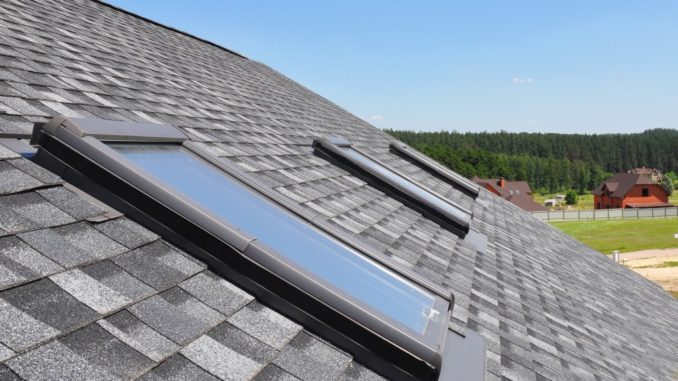
Flat roofs are the standard when it comes to industrial buildings, but they’re also becoming popular in residential properties. They might have issues because of their subjection to the elements. That, and the building owner neglecting their flat roof for years on end.
A residential flat roof has a better chance of being taken care of, however, because its owner doesn’t need to mind other things that will turn a profit; they maintain the roof because they love their home. That said, a flat roof, whether residential or commercial, encounters a different set of circumstances that plague a sloped or pitched residential roof, so maintaining it is a little different from what you’re used to. For starters, you should look at the typical problems in various areas of residential roofing systems, as detailed below.
Surface Blisters
Constant moisture usually creates blisters in flat roofs. This happens when a trapped pocket of air or moisture, which occurs when the membrane wasn’t laid down property, expands due to heat. This heat source usually is direct sun exposure through several days, but it can also be due to the vented heat from radiators or cooling towers. When the blisters are severe enough, they can cause a phenomenon called “alligatoring.” These are jagged cracks on the roofing membrane, so-called because they resemble the skin of an alligator.
The trouble with blisters and cracks are that they are cyclical. This means that as they happen, they invite more moisture and air in, which worsens the problem and thus perpetuates more blisters and cracks.
Exposed Layers
Regular subjection to the elements can damage your flat roof, which might necessitate regular maintenance and repair. That, in itself, can damage your roof’s protective layers, leading to puncturing. Still, you shouldn’t be surprised if punctures and other signs of wear and tear appear in time.
Internal Thermal Movement

As earlier stated, exposure to extreme weather adversely affects any roof, but more so flat roofs of the built-up variety. Amplify that fact with the changing cycle from heat to cold and back again, then you’ve got a significant cause for concern. This cycle causes roofing materials to contract and expand. Sooner or later, it will crack under pressure and expose your building to water intrusion.
Outer Standing Water
Unlike sloped roofing, flat or low-sloped roofing systems tend to collect water. While this might not be a big issue, the fact remains that if the water does not evaporate fast enough, it can result in roofing issues.
This is why an effective drainage system is a must for buildings with flat roofs. Most modern flat ceilings are a bit sloped, though the incline is so little that it’s not noticeable. This slope leads to a drain that can lead water away. If the pipe is clogged or the route to the drain is blocked, water will pool on your roof until it seeps through your membrane or the cracks, putting your home at risk for leaks.
Fixing a problem starts with identifying where there can be problems. It’s a good idea, however, to inspect and clean your roof regularly and thus nip these problems in the bud.
